Learning from Nautilus, Sharing with Students, Inspiring Futures
My First Voyage as Teacher Argonaut
Mediterranean Sea (2010)
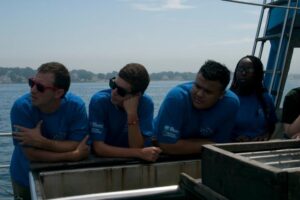
Following encouragement from National Geographic representatives, I eagerly applied to become a Jason Project Argonaut. The following year, I was overjoyed to receive the news of my selection and commenced my training at the Mystic Aquarium. Situated alongside the headquarters of Dr. Robert Ballard’s Ocean Exploration Trust, the Mystic Aquarium provided an immersive backdrop for our preparation.
Training sessions were intensive, designed to equip us with the skills needed to lead students in real-world scientific endeavors. From mastering on-camera appearances to conducting experiments alongside seasoned scientists, each aspect of the training aimed to prepare us for the remarkable role of an Argonaut. Collaborating with educators from diverse backgrounds added depth to our learning, fostering a sense of camaraderie and shared purpose.
Paired with the renowned Dr. Ballard himself, I embarked on my inaugural expedition in the Mediterranean Sea aboard the EV Nautilus, his esteemed exploration vessel. The experience was nothing short of exhilarating as we set sail into endless blue, guided by the spirit of discovery. Onboard, I had the privilege of participating in live broadcasts streamed over YouTube, offering students worldwide a glimpse into the world of oceanic exploration. The interactive sessions allowed students to pose questions directly to us, fostering engagement and igniting their curiosity about the wonders of the deep.
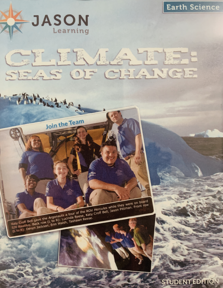
The culmination of my first expedition was marked by the creation of educational materials, including textbooks, workbooks, and online video lessons. Filming scenes for DVDs and documenting our findings allowed us to translate our experiences into valuable resources for educators worldwide. Through these materials, teachers could bring the spirit of exploration into their classrooms, inspiring a new generation of scientists and explorers.
Reflecting on my time as a National Geographic Jason Project Argonaut fills me with gratitude for the opportunity to blend education with adventure. It is a journey that has enriched my teaching practice, deepened my appreciation for the natural world, and instilled in me a lifelong passion for exploration. As I continue to share my experiences with students and educators, I hope to ignite the same sense of wonder and curiosity that fueled my own odyssey.
Returning to Nautilus as Teacher-at-Sea
Erathostenes Seamount (2011)
After my initial voyage as a National Geographic Jason Project Argonaut, I was presented with a unique opportunity to return to the high seas, this time as the Science Communications Officer (also know as Teacher at Sea) aboard the E/V Nautilus. Invited by the organization’s leadership, I embarked on a thrilling expedition alongside accomplished and renowned scientists and sailors.
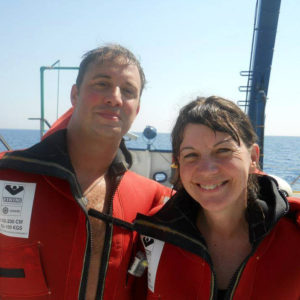
The Eratosthenes Seamount, nestled at the edge of a subducting tectonic plate in the Mediterranean Sea, stands as a time capsule of the geological forces that shape our planet’s landscape. This unique underwater mountain offers scientists a rare glimpse into the Earth’s geological history, presenting a unique opportunity to study the intricate processes that have shaped our planet over millennia. Unlike other seamounts that have been submerged through subduction, the Eratosthenes Seamount’s distinctive shape has prevented it from being drawn beneath the Earth’s crust, preserving its geological treasures for scientific study.
For researchers aboard the E/V Nautilus, exploring the Eratosthenes Seamount offers a chance to unravel the mysteries of Earth’s past. By examining sediment cores, collecting rock samples, and conducting geological surveys, scientists can reconstruct the seamount’s history and gain a deeper understanding of the tectonic processes that have shaped the Mediterranean basin.
Throughout our expedition, Dr. Coleman’s boundless enthusiasm and expertise in space physics captivated audiences worldwide. I was lucky to be on the same watch team as Dr. Coleman. together, we navigated the intricacies of deep-sea exploration, engaging online viewers and students with live broadcasts and interactive sessions. Dr. Coleman’s engaging storytelling and passion for science brought the wonders of the ocean depths to life, inspiring a new generation of explorers. And it was simply my job to interview her and sever as moderator for the questions and interests of the audience, who would send their questions through the website to my console in the custom broadcast station Dr. Ballard had designed for Nautilus.
One memorable highlight of our voyage was a once-in-a-lifetime opportunity to connect with astronauts aboard the International Space Station. Dr. Coleman orchestrated a remarkable phone call, allowing each member of our crew to converse with astronauts in space—an experience that left us all awestruck and inspired.
As we delved into the mysteries of the deep sea, Dr. Coleman’s multifaceted talents shone brightly. From her captivating flute performances at sunset to her insightful discussions on space toilets, she brought a sense of joy and camaraderie to our journey. Our evenings aboard the Nautilus were filled with music, laughter, and engaging conversations, fostering bonds among the international crew of sailors and scientists. In the years since our voyage, Dr. Coleman has remained a cherished friend and mentor, offering encouragement and support to my students as they embark on their STEAM learning journey. Her generosity knows no bounds, as she continues to inspire and uplift aspiring scientists and explorers around the world.
The Monterrey Wreck
Gulf of Mexico (2012)
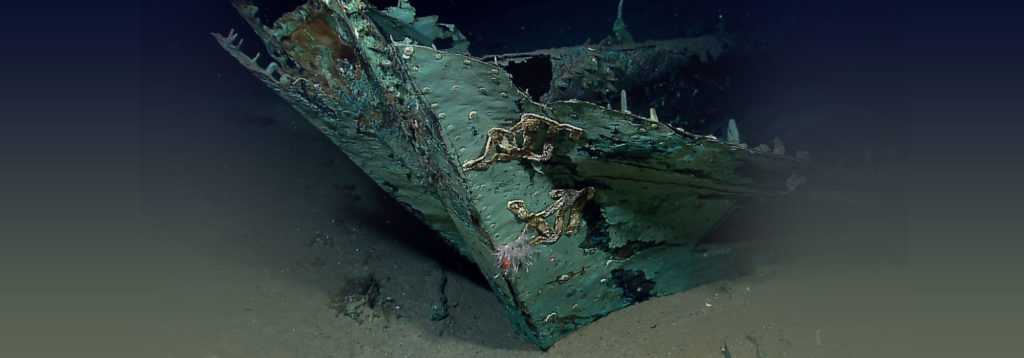
During my third voyage aboard Nautilus, I assumed the role of Teacher-at-Sea once again, joining Bob Ballard’s Corps of Exploration once again. This time, our expedition was led by Dr. James Delgado, a seasoned veteran of over 100 shipwreck investigations and host of the TV show The Sea Hunters. Our mission was to investigate a deep-sea discovery made by an oil company exploring for oil in the Gulf.
With the Nautilus and its team, the Corps of Exploration, we set out to search the area using our tandem robot exploration technology, aiming to uncover the secrets hidden beneath the ocean’s depths. As we arrived at the site of the unknown sonar report, the Nautilus began sweeping the ocean in a systematic pattern, utilizing its advanced multi-directional electric engines.
Before long, we stumbled upon a shipwreck resting deep at the bottom of the Gulf, where the high salinity of the water prevents the growth of organisms that typically decompose wooden ships. Dubbed “the Monterrey wreck” for its location, this Civil War-era ship was remarkably well-preserved in the harsh underwater environment. Under the guidance of Dr. Delgado, ocean archaeologists recovered several artifacts, including an octant, a sealed jar of ginger, and several muskets. These artifacts would undergo a lengthy process of desalinization before being displayed at a museum in Texas, preserving a piece of history for future generations to explore and learn from.
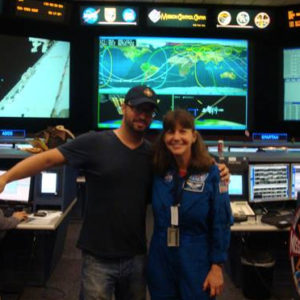
Dr. Coleman, with her characteristic warmth and enthusiasm, served as our guide through the inner workings of NASA’s premier astronaut training facility. We embarked on a journey through space history as we toured the Space Shuttle Trainer, an exact replica of the spacecraft that carried astronauts into orbit for three decades. Stepping inside this iconic vessel, we gained a firsthand understanding of the challenges and triumphs faced by astronauts as they ventured beyond Earth’s atmosphere.
Next, we ventured into the International Space Station (ISS) training facility, where astronauts prepare for missions aboard the orbiting laboratory. Surrounded by life-size mock-ups of the ISS modules, we marveled at the meticulous attention to detail and advanced technology that enables astronauts to live and work in space for extended periods.
Throughout our visit, Dr. Coleman shared personal anecdotes and insights from her own experiences as an astronaut living and working aboard the ISS. Her passion for space exploration was palpable as she regaled us with tales of weightlessness, scientific experiments conducted in microgravity, and the camaraderie shared among astronauts living in close quarters.
As the day drew to a close, Dr. Coleman treated us to a special experience at a local hotspot frequented by astronauts—an all-astronaut band performance. Surrounded by fellow educators and space enthusiasts, we soaked in the lively atmosphere and reveled in the opportunity to connect with individuals who had ventured beyond the confines of our planet.
A Lifelong Love of Adventure and Exploration
Since my time aboard Nautilus, my journey has been one of continued exploration and learning, both in the classroom and beyond. Integrating ocean and space science into my teaching has been a cornerstone of my educational approach, allowing students to engage with real-world phenomena and cutting-edge research.
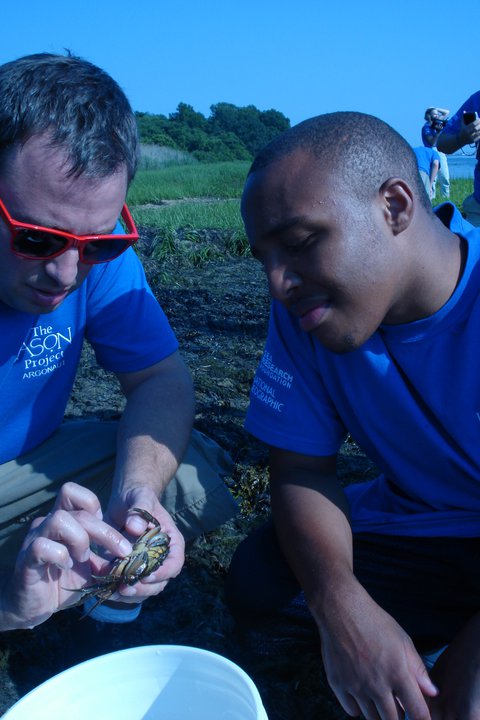
Being part of the Corps of Exploration aboard Nautilus opened doors to countless opportunities and a lifetime of growth. The experiences I gained and the knowledge I acquired continue to shape my approach to teaching and learning, infusing my work with a sense of excitement and discovery. As I reflect on my time aboard Nautilus, I am reminded of the profound impact that exploration and scientific inquiry can have on both individuals and communities, inspiring curiosity and fostering a lifelong love of discovery.
